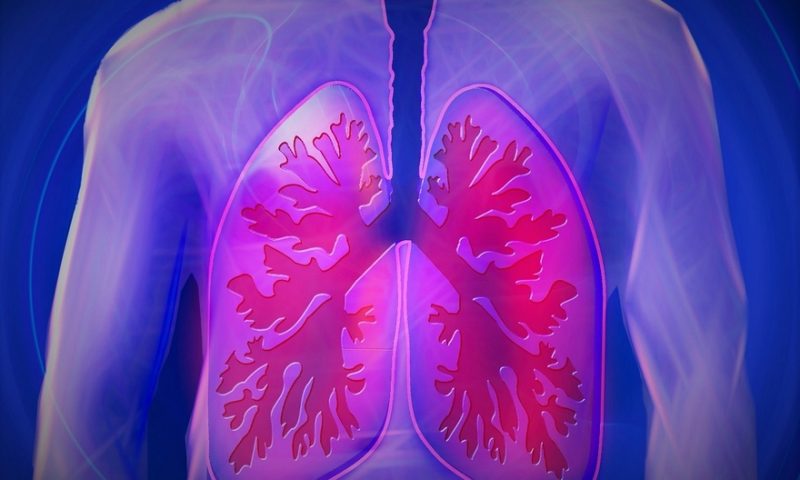Psychedelic drugs like LSD have long been of interest in the medical community because of their anti-inflammatory properties. But efforts to transform them into therapeutics have been hampered by laws restricting the use of psychedelics, not to mention the stigma associated with them.
Eleusis was founded in 2014 with the mission of turning psychedelics into anti-inflammatories, and now it has data from preclinical study that it will use to guide the development of its first drug candidates to treat inflammatory conditions.
The company’s researchers screened 21 psychedelics that target the serotonin receptor 5-HT2A. Activating the receptor is known to have anti-inflammatory effects in asthma. The team discovered that the structural characteristics of one class of psychedelics known as 2,5-dimethoxyphenethylamine (2C-H) allow them to control inflammation without producing the behavioral effects of LSD and related drugs. They published their observations in the journal ACS Pharmacology & Translational Science.
“Seratonin actually activates inflammation, but we found that in contrary to that, these psychedelics are potent anti-inflammatories,” said Charles D. Nichols, Ph.D., professor of pharmacology at Louisiana State University and chair of Eleusis’ scientific advisory board, in an interview.
Psychedelics in the 2C-H class are related to mescaline and amphetamines but are “not known to have any behavioral effects,” Nichols said. “It’s really the core structure of these mescaline-type analog drugs that can produce a full anti-inflammatory response.”
Eleusis will use the insights it gained from the study to inform the development of anti-inflammatory drugs, including its current lead candidate, an eye drop that targets 5-HT2A for the treatment of retinal disorders, Nichols added.
The Eleusis team started by creating a rat-based model of allergic asthma, rather than using the mouse models that researchers typically rely on in studying the disease. The problem with mice is that they metabolize some psychedelic compounds so quickly that they often don’t provide an accurate prediction of how a psychedelic-like drug might work in people with inflammatory conditions, the authors explained in the study.
The 21 drugs they tested activated the 5-HT2A receptor but differed in their ability to prevent the airway constriction that is the hallmark of allergic asthma. LSD, for example, wasn’t effective in the rat models—a surprising finding, Nichols said.
“One main takeaway was that the potency of a given psychedelic wasn’t predicted by its psychoactive properties,” Nichols said. “LSD, which is a super-potent psychedelic that produces behavioral effects at very low doses, is a relatively weak anti-inflammatory. So the cellular effects that mediate anti-inflammatory responses are very different from those that are underlying the behavioral effects.”
Several academic groups are studying psychedelics as treatments for a wide variety of diseases. Last year, Johns Hopkins pulled in $17 million in funding to open the new Center for Psychedelic and Consciousness Research, which is studying the effect of the drugs on brain function, memory, learning and mood. The center’s scientists are also researching the potential of psilocybin, the key ingredient in magic mushrooms, for treating Alzheimer’s, opioid addiction and other neurological conditions.
Eleusis is starting by developing ocular drugs to target 5-HT2A partly because delivering drugs directly to the eye further minimizes the risk of mental side effects from psychedelic compounds, Nichols said. The company hopes to expand its pipeline in the future. “This study will inform us on how we can engineer new chemical entities with potent anti-inflammatory effects in other diseases, like asthma and rheumatoid arthritis,” he said.

